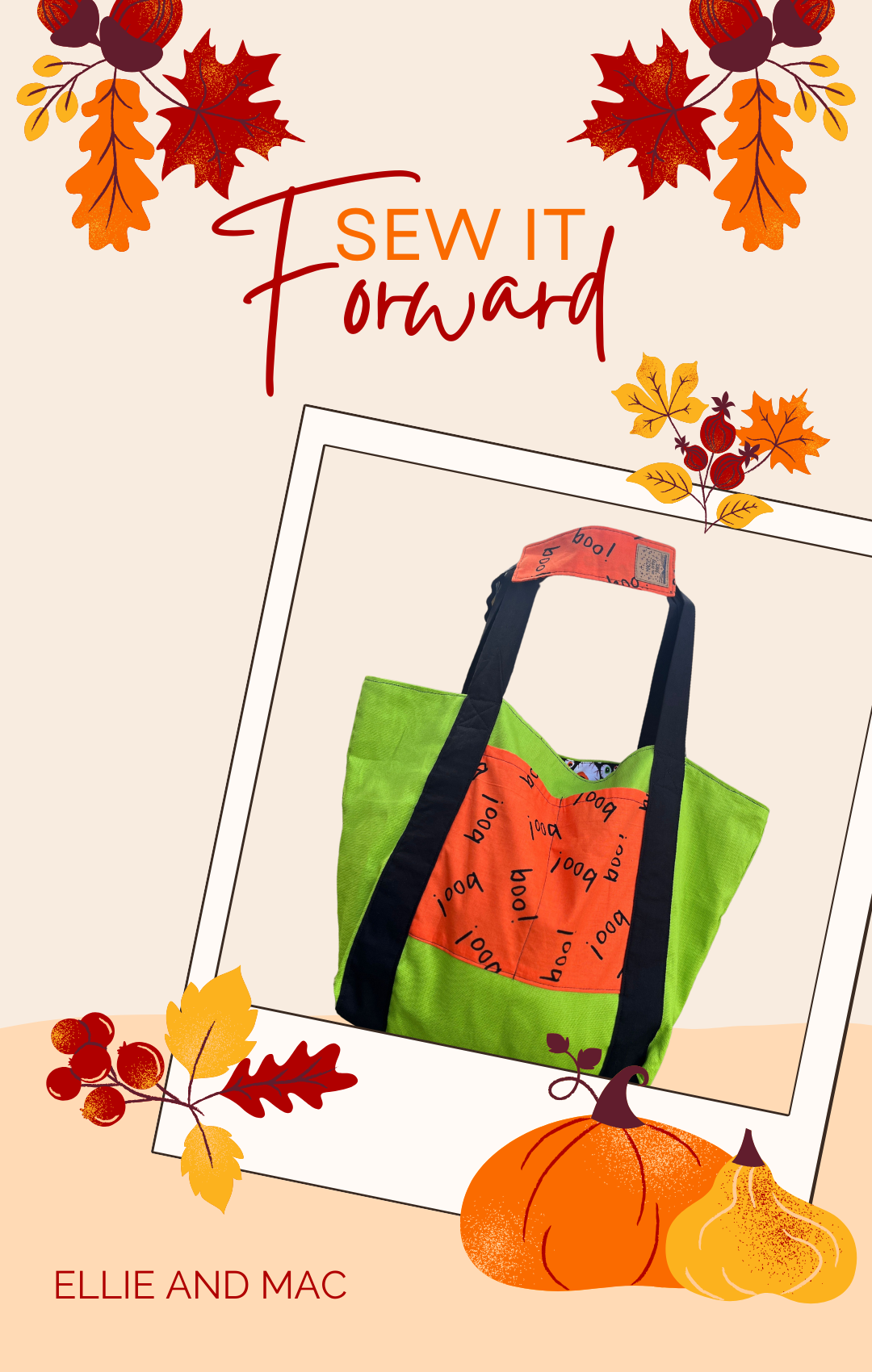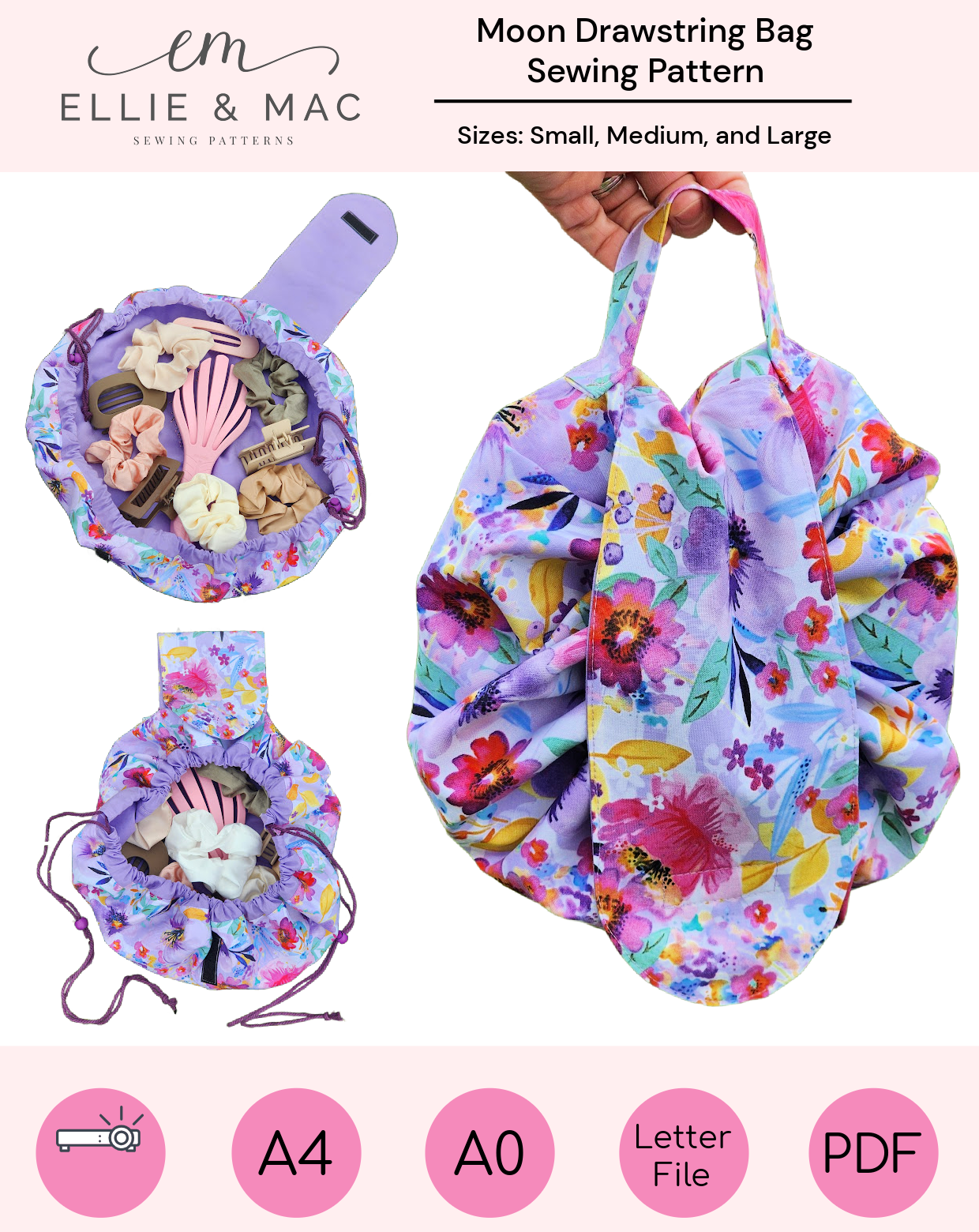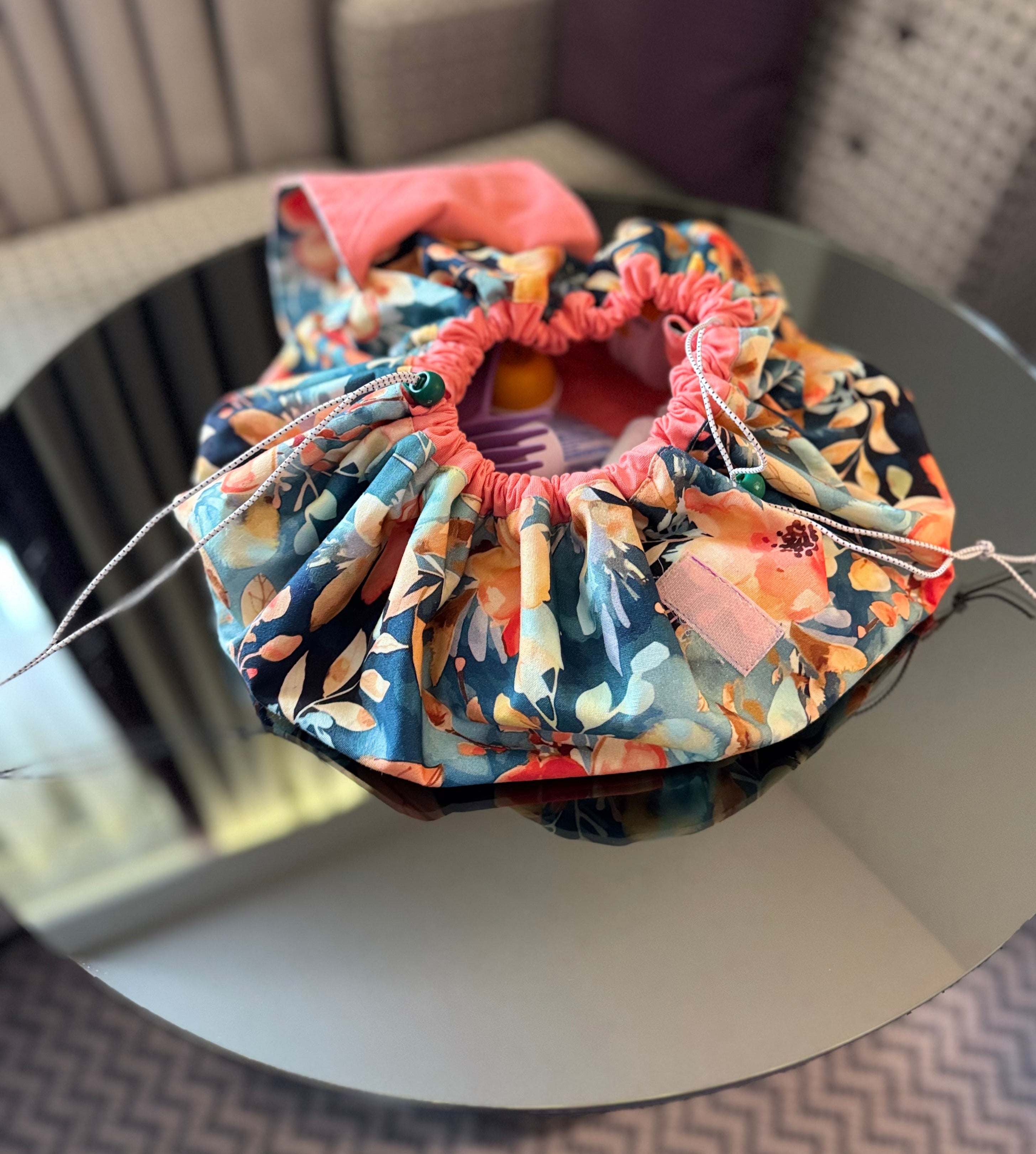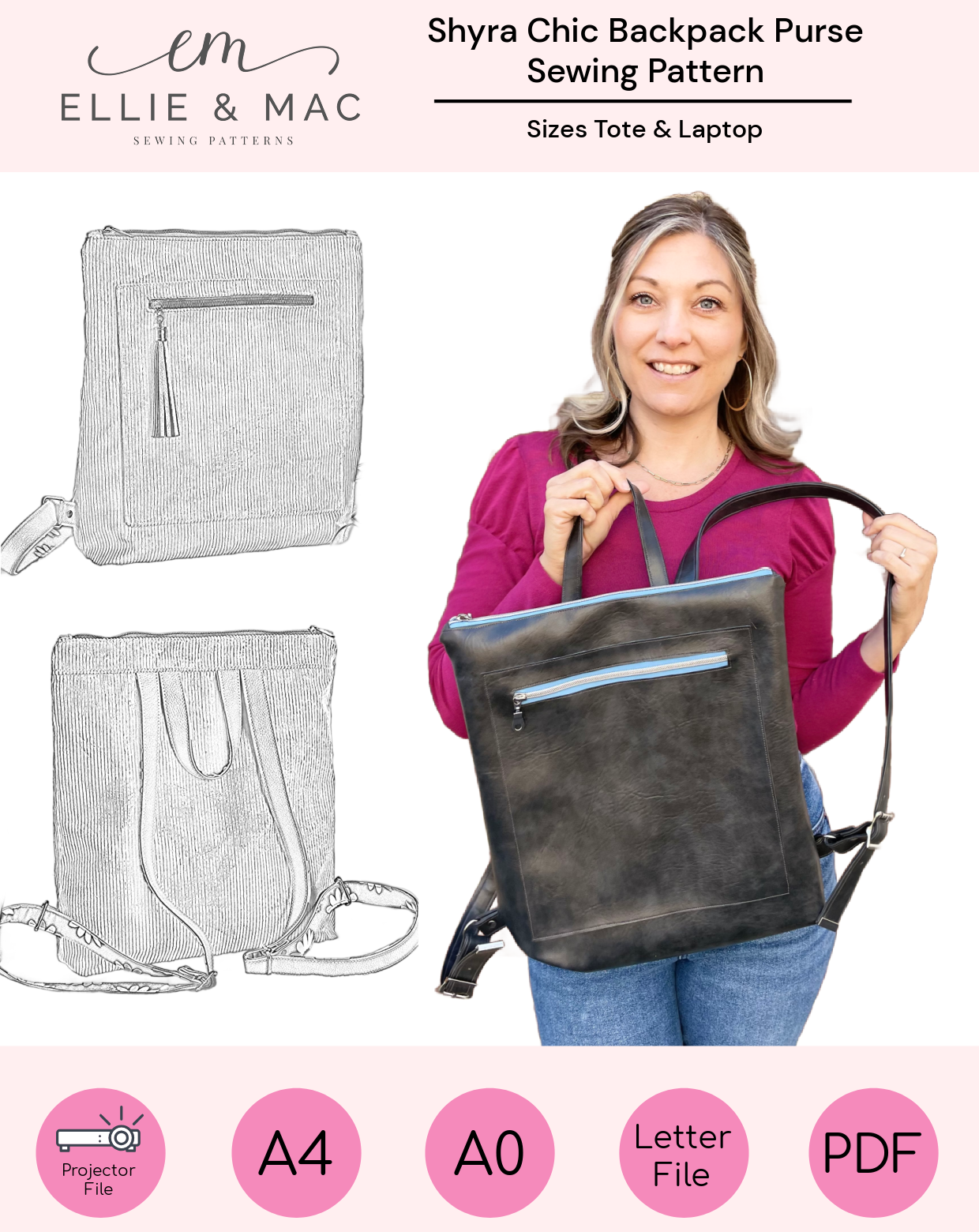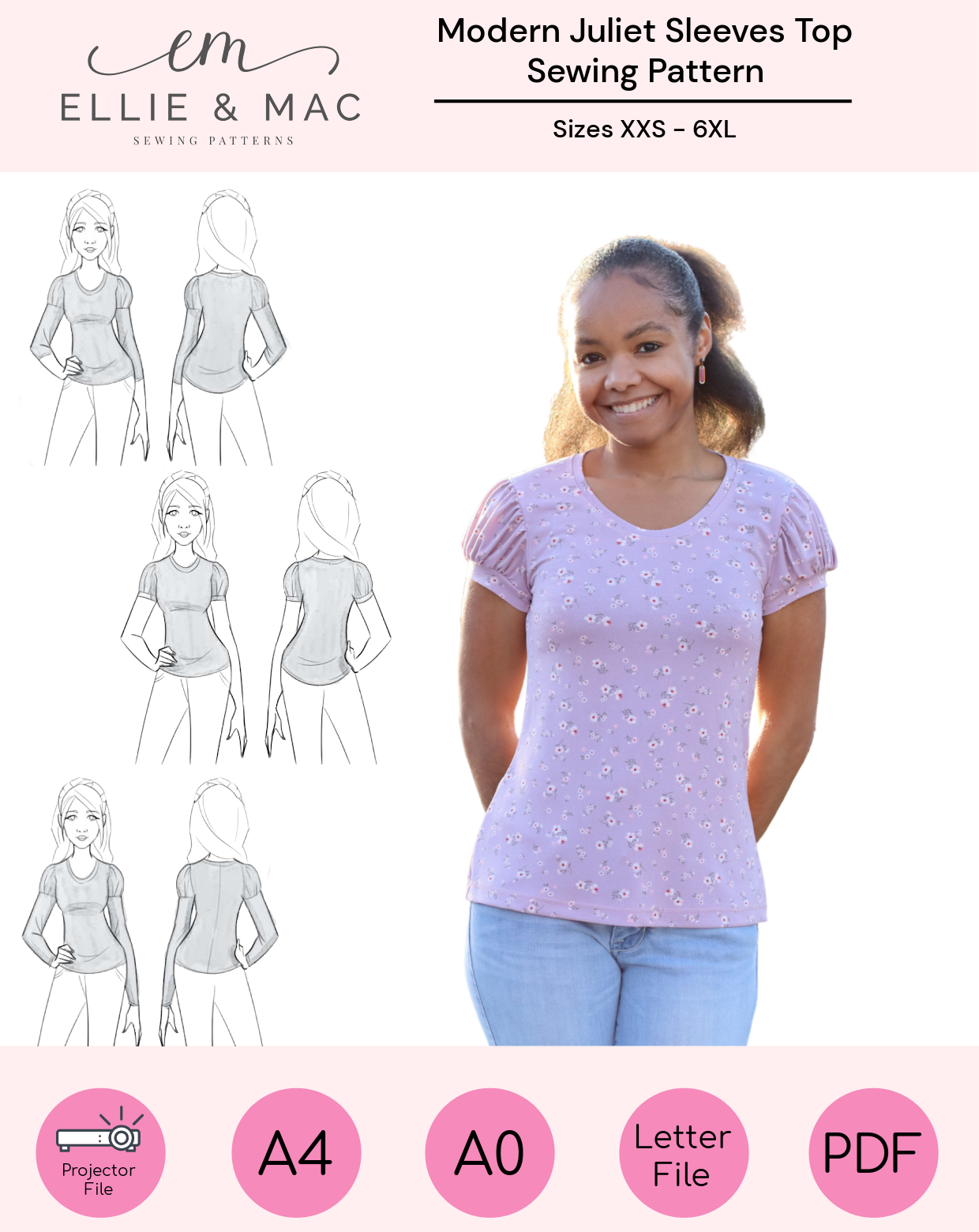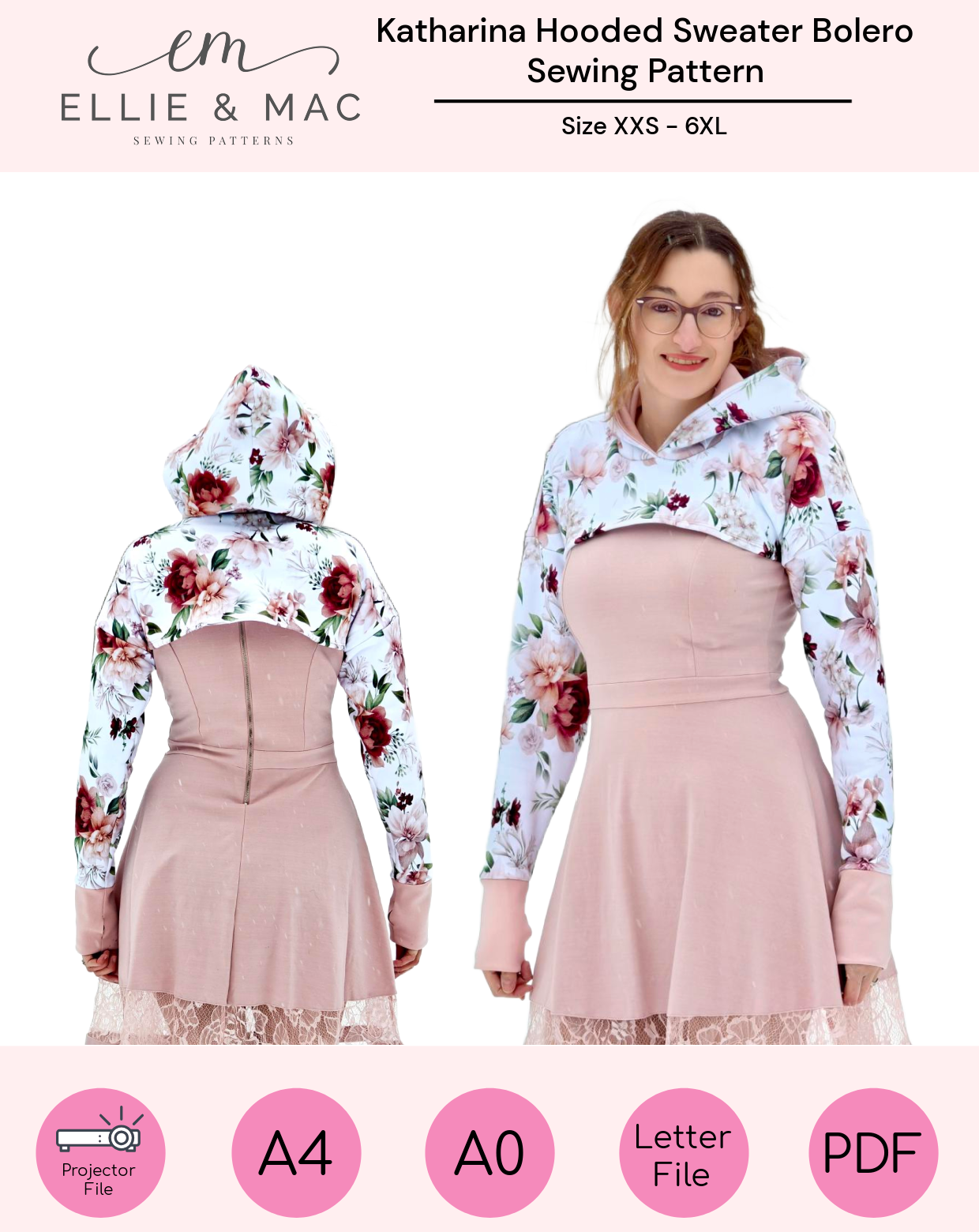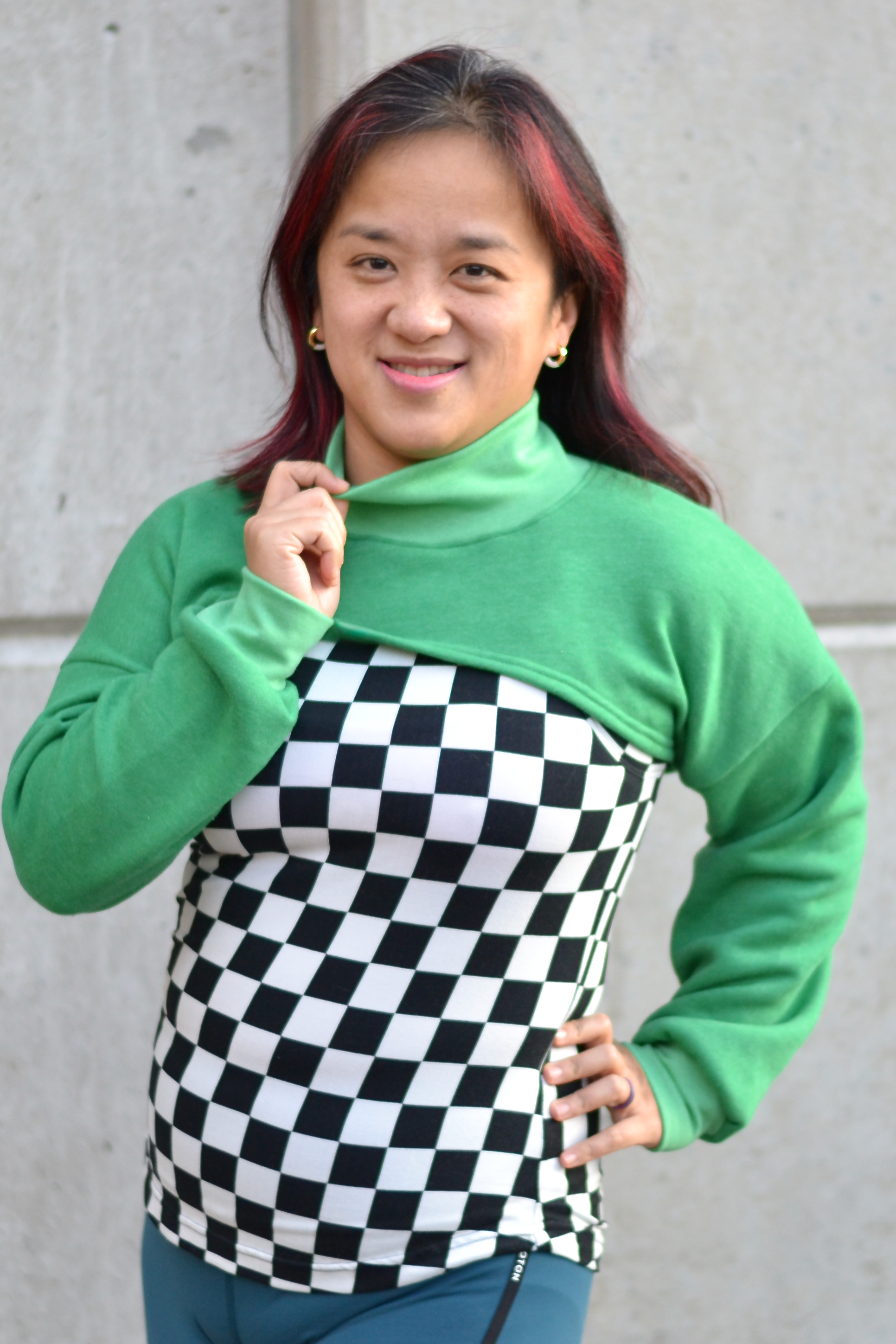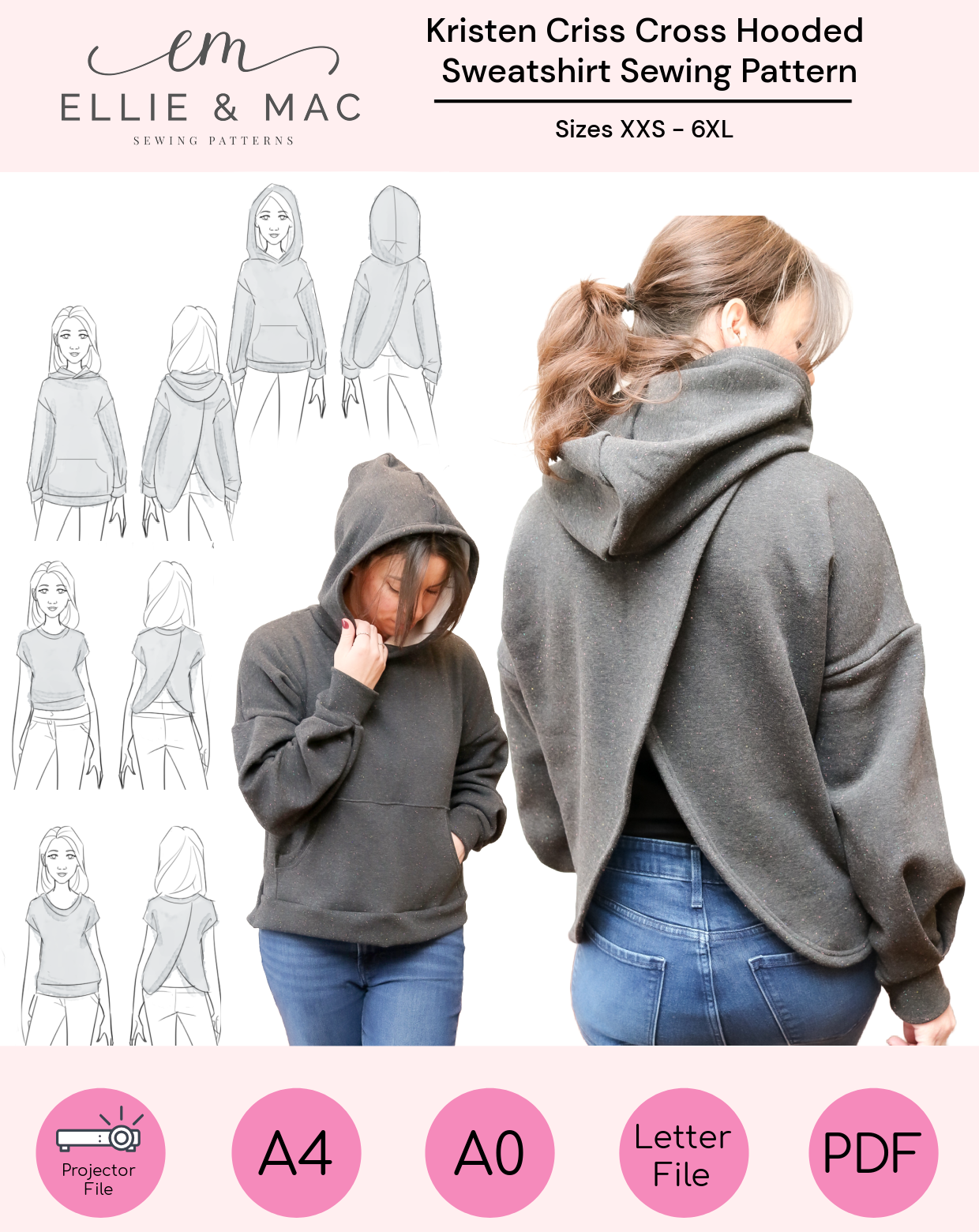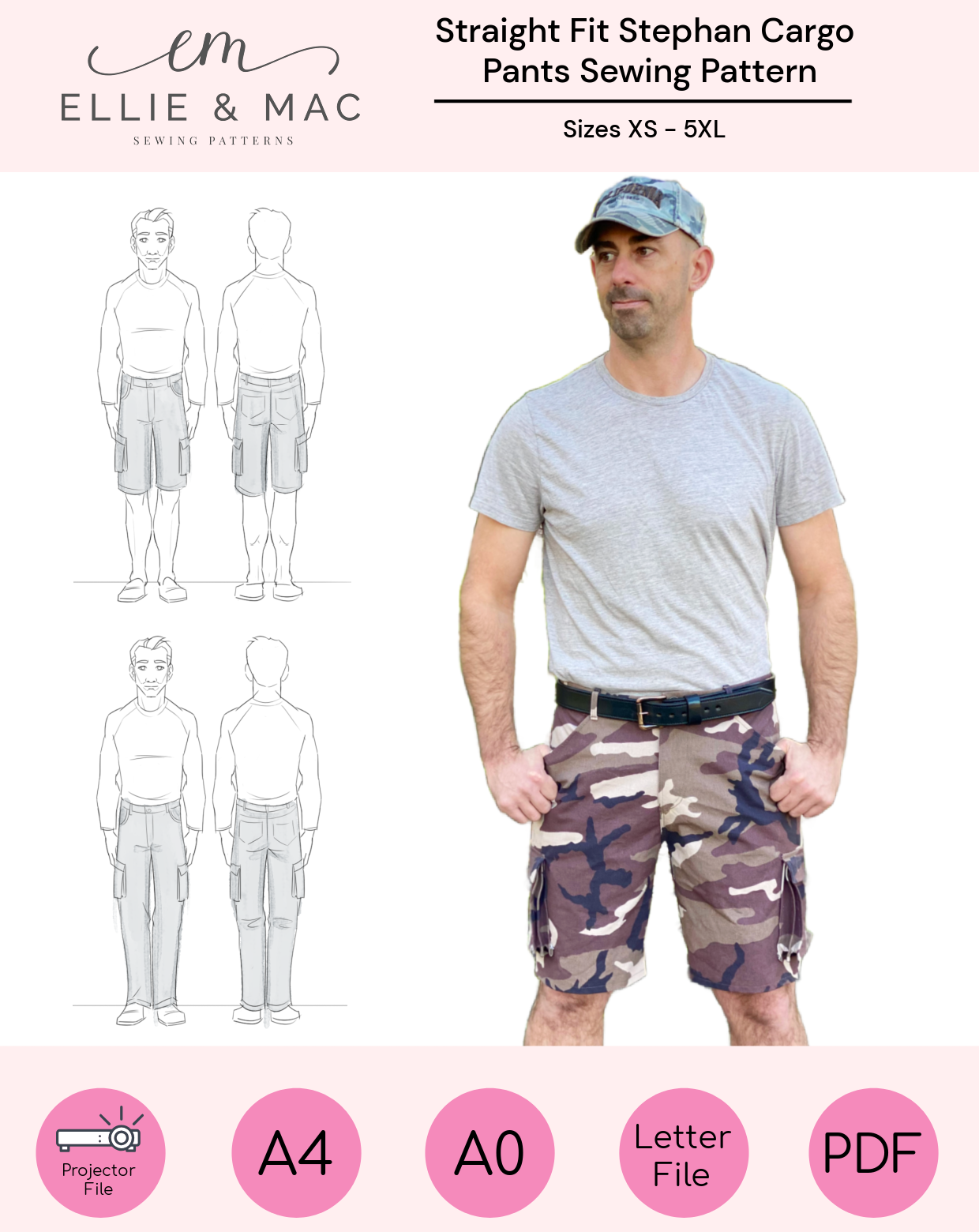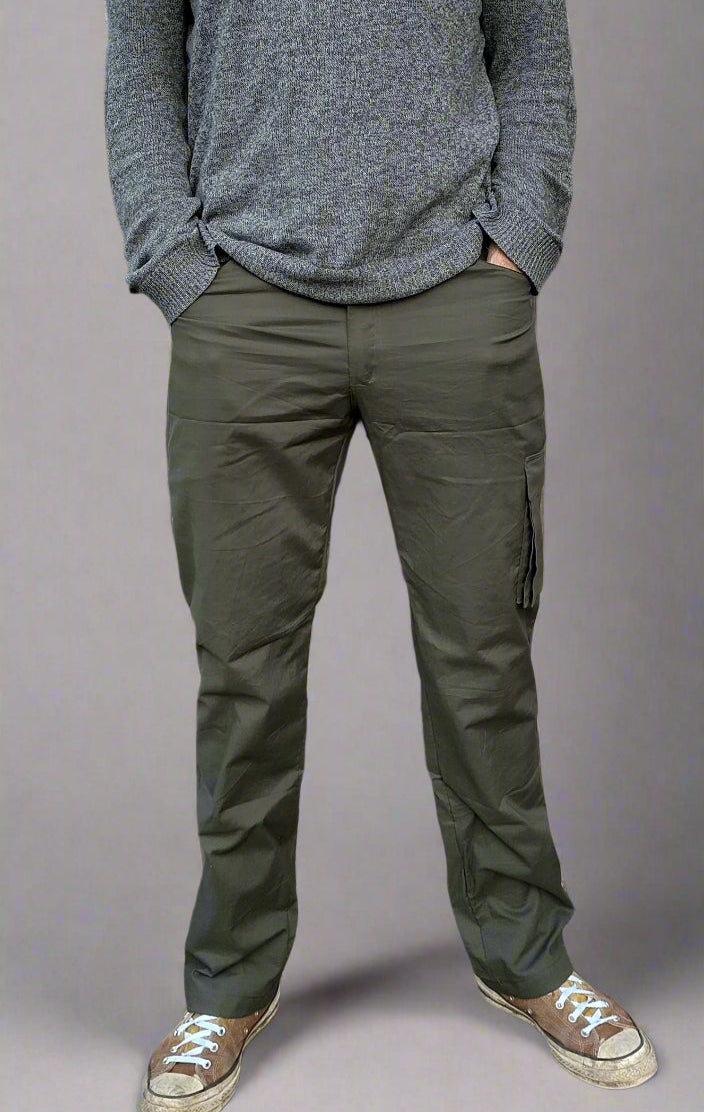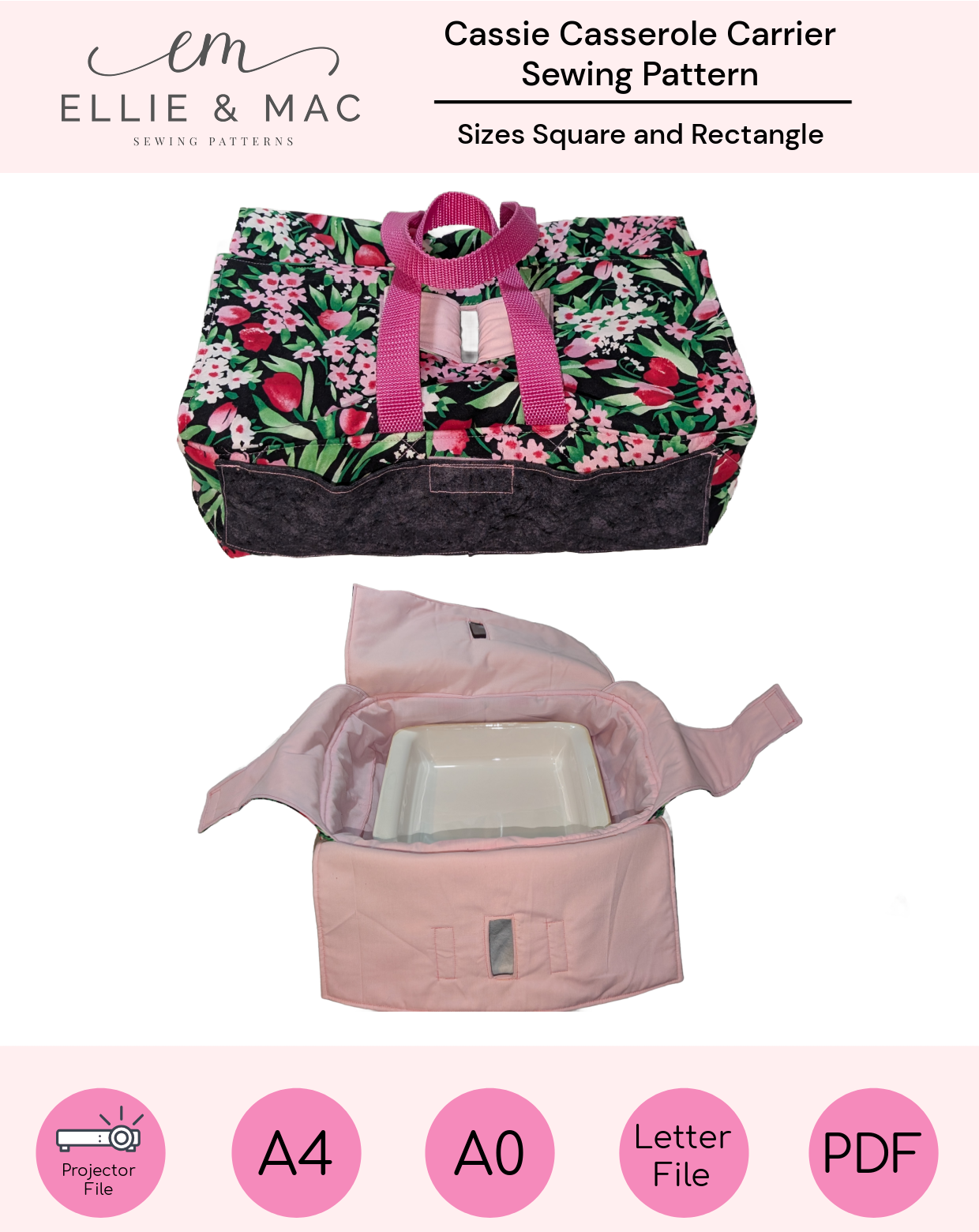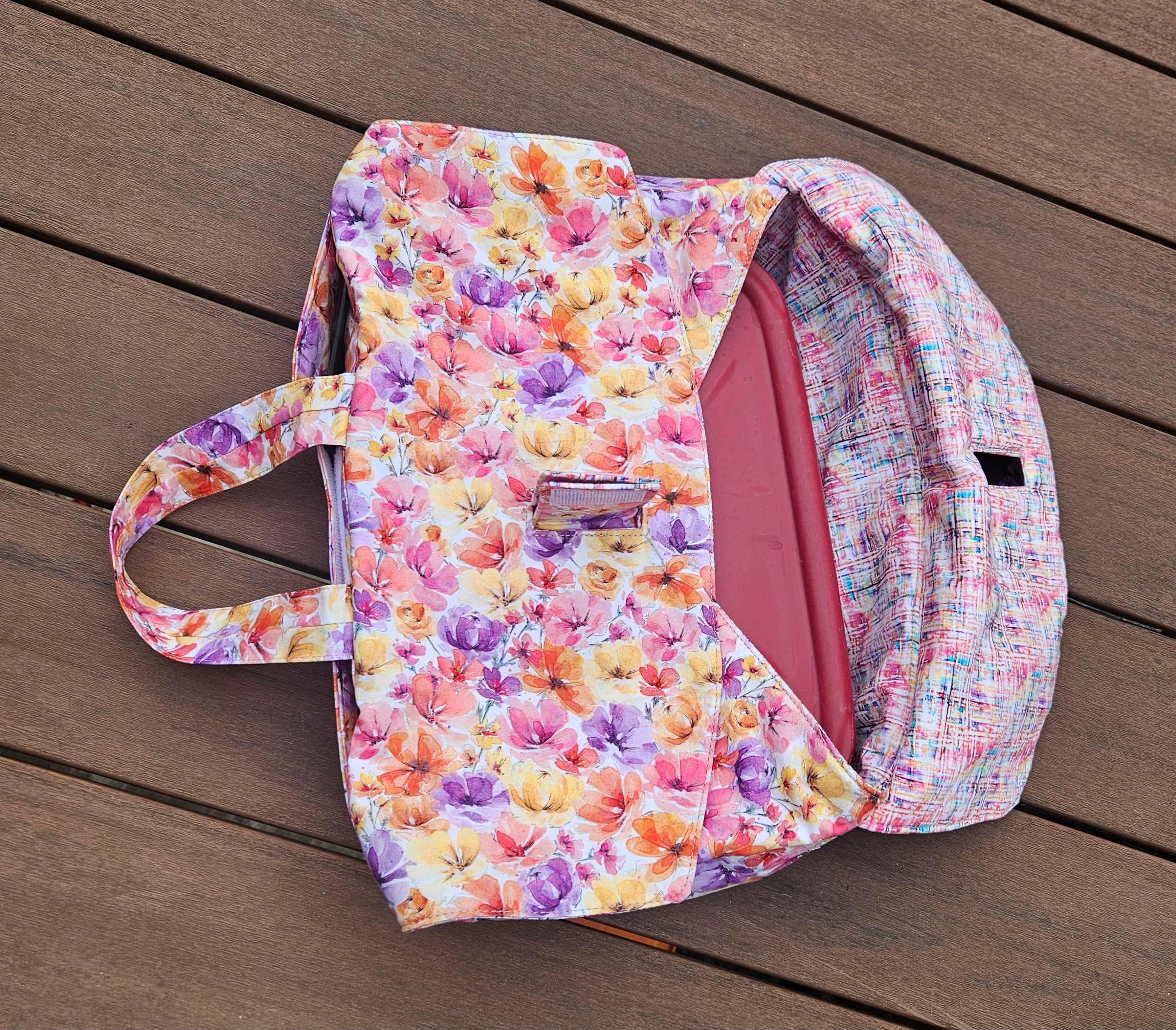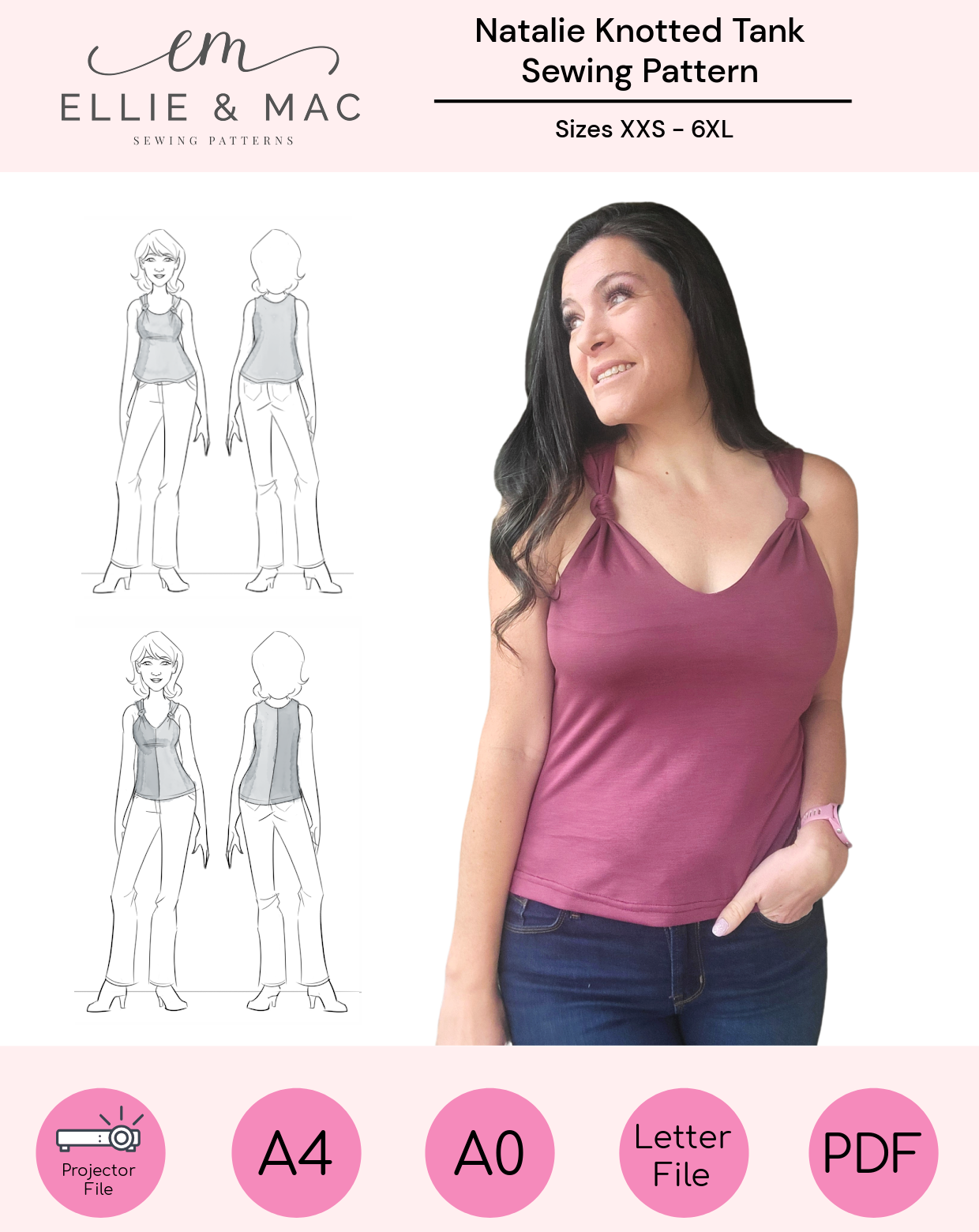Understanding the drafting process for various pant shapes will provide the foundation for creating customized styles that flatter your individual body shape. Pant styles are primarily determined by the body cut, pant leg shape, and inseam length, which work together to create a form-fitting design. This knowledge will enable you to curate pant styles that are perfectly tailored to your unique proportions. This specific tutorial will show what to do when you have sewed your fit garment and you experience that your pants are too tight across the abdomen. You need some extra room in this area. You can accomplish this by performing a Full Tummy Adjustment.
Other adjustment tutorials in this series are:
Full & Flat Seat Adjustment Tutorial
Back Rise Adjustments Tutorial
What do you see?
The garment is too tight across the abdomen. There is not enough fabric to go over this area creating horizontal folds just below the waistband. Diagonal wrinkles form outward to the side seams (see picture). The crotch binds tight up against the body. Front pleats will tend to pull open and not lay straight. The side seams slant forward near the waistline. Elastic waist pants may pull downward at the center front. 
How do you determine how much extra room to add?
To accurately determine the necessary adjustments, it is recommended to create a muslin of the pants and make an horizontal slash at the front crotch if diagonal drag lines are present. After adding the appropriate length, check that the drag lines are diminished or eliminated and that the pants are more comfortable. Measure the gap to determine how much needs to be added to the pattern piece.
Steps to perform a Full Tummy Adjustment
Prepare for this tutorial by gathering your front leg pattern piece, a pen or pencil, a ruler, scissors, tape, and paper. With these materials ready, you are now ready to begin. Create a straight line across the front leg, extending from the crotch to the side seam, parallel to the top line. Place the line at a location that aligns with the largest part of your abdomen. If you are unsure of where this is, stand in front of a mirror and compare with the paper pattern piece. This is illustrated as a green line in the diagram.
Create a straight line across the front leg, extending from the crotch to the side seam, parallel to the top line. Place the line at a location that aligns with the largest part of your abdomen. If you are unsure of where this is, stand in front of a mirror and compare with the paper pattern piece. This is illustrated as a green line in the diagram.
Connect the waistline and horizontal line by drawing a vertical line (purple line in the graphic). Then, draw a line from the point of intersection between the horizontal and vertical lines to the top corner where the side seam and waistline seam meet (orange line in the graphic). Mark the seam allowance point at this corner.
Finally, use scissors to cut along the lines. Start at the crotch line and cut along the horizontal line until it intersects with the vertical line. Rotate the scissors and cut along the diagonal line until you reach the seam allowance marking (yellow). Snip from the top corner on the outside edge, stopping just before the seam allowance line. Next, cut down the vertical line from the waistline, stopping just before the cut lines. This creates two hinges that can be moved to add extra length and width wherever needed.
Start at the crotch line and cut along the horizontal line until it intersects with the vertical line. Rotate the scissors and cut along the diagonal line until you reach the seam allowance marking (yellow). Snip from the top corner on the outside edge, stopping just before the seam allowance line. Next, cut down the vertical line from the waistline, stopping just before the cut lines. This creates two hinges that can be moved to add extra length and width wherever needed.
Carefully position the pattern piece on top of the paper, securing it by adhering the lower portion to the paper.
To adjust the width and length of the tummy area, carefully raise and spread the top of the front leg. Keep in mind this is only half of the pattern, so any changes will be doubled across the entire front. Once satisfied, secure the leg in place and even out the seams.
To create a new crotch curve, use the pink line to smoothly connect the old and new crotch positions. This will result in a longer, more curved front crotch. Similarly, create a new, curved waistline by connecting the gap in the waistline. This will also add more curvature to the waistline.
Congratulations! Your new pattern piece is all done now! You can continue with cutting the fabric and sewing the pattern according to the sewing instructions.



